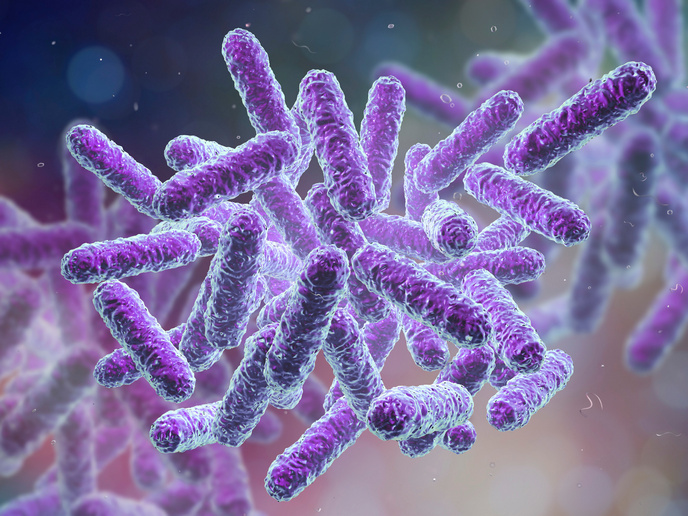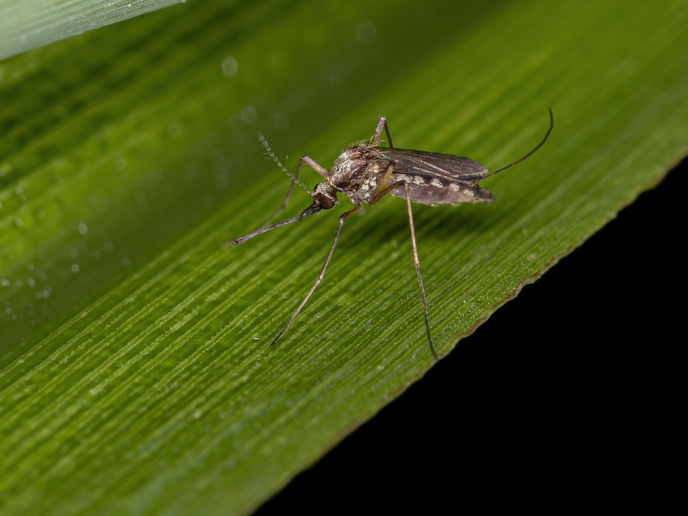How can we prevent antibiotic resistance?
Antibiotic resistance (AR) represents a major impediment to antibiotic therapy. Although antibiotic misuse contributes to the generation of pathogen-resistant bacteria, the main problem behind the phenomenon lies in the transfer of AR genes between microorganisms. This is facilitated by mobile DNA elements such as integrons, transposons and plasmids, which are capable of 'jumping' from one genome to the next, disseminating AR genes in the process. Research in the field has generated extensive background information on these elements without, however, devising methods to restrict or prevent this phenomenon. The main objective of the EU-funded project 'Combating resistance to antibiotics' (Crab) was to elucidate the molecular mechanisms behind the entire process of AR gene spread. Project partners made progress in understanding how the mobile elements integrate in the bacterial genome. Additionally, they found that AR genes were transferred as single-stranded DNA molecules triggering a SOS response in the host pathogen. This key finding highlighted the importance of environmental threats in AR gene transfer. With this in mind, project scientists used a clinically relevant model to identify a series of bacterial genes that promote bacterial growth and AR gene spread. Combating expression of these genes may serve as a means to prevent AR gene transfer. Collectively, the study results provided insight into the properties of mobile genetic elements and the mechanisms underlying AR gene spread. These will serve as the basis for applications to control bacterial growth and restrict AR gene dissemination.







